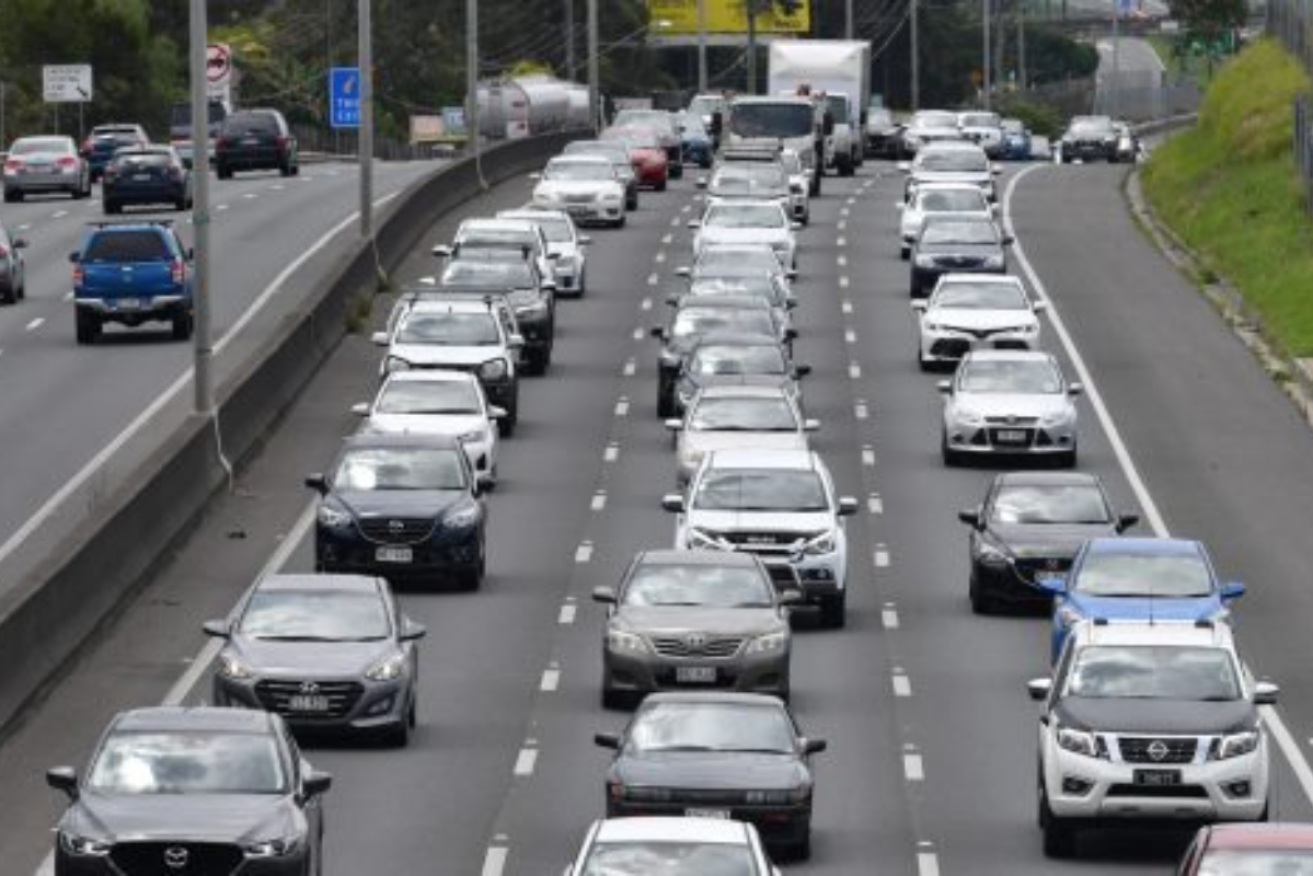High car running costs drive down household budgets
Australian households are under increasing budget pressure when it comes to car travel as transport costs balloon to three times the inflation rate.

Household transport costs are outstripping the inflation rate. Photo: InDaily
The typical household transport costs rose by about 13 per cent in 2023, outpacing the inflation rate of 4.1 per cent.
Drivers in capital cities faced increases of 12.4 per cent while the average driver in regional areas was hit with a 13.7 per cent rise.
High up-front costs for buying new vehicles, higher car loan interest rates and increasing insurance premiums were behind the ballooning transport costs, according to the Australian Automobile Association’s Transport Affordability Index.
Sabrina Mo works as a building designer in Sydney’s inner west and travels NSW for work, including the occasional trip interstate and she’s feeling the cost increases.
Car registration and insurance costs increased by more than $300 in 2023 compared to the previous year while her toll payments almost doubled.
“Everything is just too expensive,” Mo told AAP.
With the uncertain nature of the work taking her to wherever the projects are, she has to keep her transport budget open.
“Sometimes I might have to be out of the office for a whole week and sometimes I’ll be in the office for two or three weeks,” she said.
“I have to drive wherever the demand is.”
In 2022 she was paying $1.20 per litre for petrol at the bowser but since 2023 it’s been at least $1.60.
And so she’s had to make changes elsewhere.
“For other things like my groceries (budget) … I can manipulate it because I can be creative and start cooking really cheaply.”
Transport costs rose by a smaller 0.7 per cent in the final quarter of 2023 but that was unable to offset large increases throughout the year leading to transport affordability declining substantially.
In December 2022, the average city household spent 15.6 per cent of its income on transport but that rose to 17 per cent a year later.
The transport expenditure for households in the region rose from 14.4 per cent of its income to 15.8 per cent.
The decline in transport affordability is becoming a heavy burden on Australians feeling the cost-of-living pressures as the peak motoring body’s managing director Michael Bradley called on governments to consider these pressures when formulating policy.
“Transport is a significant and unavoidable expense for households and is also one of the key drivers of general inflation,” Bradley said.
In the December quarter, Canberra was the most affordable capital with the average household spending 14.8 per cent of income on transport.
Hobart was the least affordable where 19.3 per cent of an average household’s income went to transport.
– AAP




